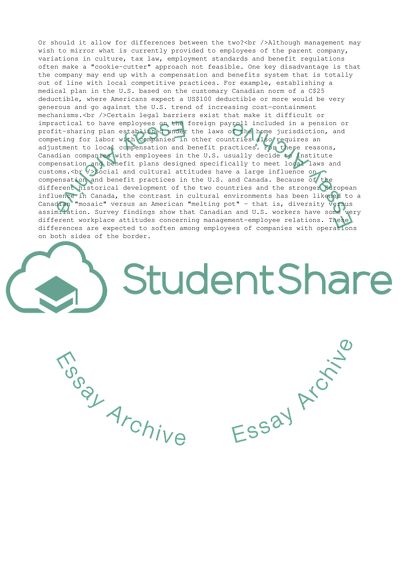Cite this document
(Employee Benefits and Compensations in the USA and Canada Essay, n.d.)
Employee Benefits and Compensations in the USA and Canada Essay. https://studentshare.org/management/1710317-workers-compensaton-employee-benefits-wages-vs-retirement-benefits
Employee Benefits and Compensations in the USA and Canada Essay. https://studentshare.org/management/1710317-workers-compensaton-employee-benefits-wages-vs-retirement-benefits
(Employee Benefits and Compensations in the USA and Canada Essay)
Employee Benefits and Compensations in the USA and Canada Essay. https://studentshare.org/management/1710317-workers-compensaton-employee-benefits-wages-vs-retirement-benefits.
Employee Benefits and Compensations in the USA and Canada Essay. https://studentshare.org/management/1710317-workers-compensaton-employee-benefits-wages-vs-retirement-benefits.
“Employee Benefits and Compensations in the USA and Canada Essay”. https://studentshare.org/management/1710317-workers-compensaton-employee-benefits-wages-vs-retirement-benefits.


